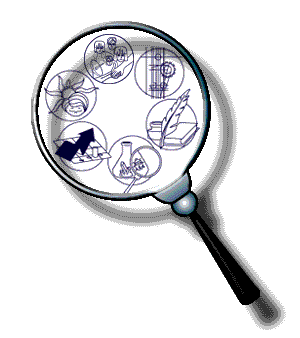
 |
2 definitions found
From The Collaborative International Dictionary of English v.0.48 [gcide]:
Propolis \Pro"po*lis\, n. [L., fr. Gr. ?; ? before + ? city.]
Same as {Bee glue}, under {Bee}.
[1913 Webster]
From The Collaborative International Dictionary of English v.0.48 [gcide]:
Bee \Bee\ (b[=e]), n. [AS. be['o]; akin to D. bij and bije,
Icel. b[=y], Sw. & Dan. bi, OHG. pini, G. biene, and perh.
Ir. beach, Lith. bitis, Skr. bha. [root]97.]
1. (Zool.) An insect of the order {Hymenoptera}, and family
{Apid[ae]} (the honeybees), or family {Andrenid[ae]} (the
solitary bees.) See {Honeybee}.
[1913 Webster]
Note: There are many genera and species. The common honeybee
({Apis mellifica}) lives in swarms, each of which has
its own queen, its males or drones, and its very
numerous workers, which are barren females. Besides the
{Apis mellifica} there are other species and varieties
of honeybees, as the {Apis ligustica} of Spain and
Italy; the {Apis Indica} of India; the {Apis fasciata}
of Egypt. The {bumblebee} is a species of {Bombus}. The
tropical honeybees belong mostly to {Melipoma} and
{Trigona}.
[1913 Webster]
2. A neighborly gathering of people who engage in united
labor for the benefit of an individual or family; as, a
quilting bee; a husking bee; a raising bee. [U. S.]
[1913 Webster]
The cellar . . . was dug by a bee in a single day.
--S. G.
Goodrich.
[1913 Webster]
3. pl. [Prob. fr. AS. be['a]h ring, fr. b?gan to bend. See
1st {Bow}.] (Naut.) Pieces of hard wood bolted to the
sides of the bowsprit, to reeve the fore-topmast stays
through; -- called also {bee blocks}.
[1913 Webster]
{Bee beetle} (Zool.), a beetle ({Trichodes apiarius})
parasitic in beehives.
{Bee bird} (Zool.), a bird that eats the honeybee, as the
European flycatcher, and the American kingbird.
{Bee flower} (Bot.), an orchidaceous plant of the genus
{Ophrys} ({Ophrys apifera}), whose flowers have some
resemblance to bees, flies, and other insects.
{Bee fly} (Zool.), a two winged fly of the family
{Bombyliid[ae]}. Some species, in the larval state, are
parasitic upon bees.
{Bee garden}, a garden or inclosure to set beehives in; an
apiary. --Mortimer.
{Bee glue}, a soft, unctuous matter, with which bees cement
the combs to the hives, and close up the cells; -- called
also {propolis}.
{Bee hawk} (Zool.), the honey buzzard.
{Bee killer} (Zool.), a large two-winged fly of the family
{Asilid[ae]} (esp. {Trupanea apivora}) which feeds upon
the honeybee. See {Robber fly}.
{Bee louse} (Zool.), a minute, wingless, dipterous insect
({Braula c[ae]ca}) parasitic on hive bees.
{Bee martin} (Zool.), the kingbird ({Tyrannus Carolinensis})
which occasionally feeds on bees.
{Bee moth} (Zool.), a moth ({Galleria cereana}) whose
larv[ae] feed on honeycomb, occasioning great damage in
beehives.
{Bee wolf} (Zool.), the larva of the bee beetle. See Illust.
of {Bee beetle}.
{To have a bee in the head} or {To have a bee in the bonnet}.
(a) To be choleric. [Obs.]
(b) To be restless or uneasy. --B. Jonson.
(c) To be full of fancies; to be a little crazy. "She's
whiles crack-brained, and has a bee in her head."
--Sir W. Scott.
[1913 Webster] beebalm
Powered by Blog Dictionary [BlogDict]
Kindly supported by
Vaffle Invitation Code
Get a Freelance Job - Outsource Your Projects | Threadless Coupon
All rights
reserved. (2008-2025)